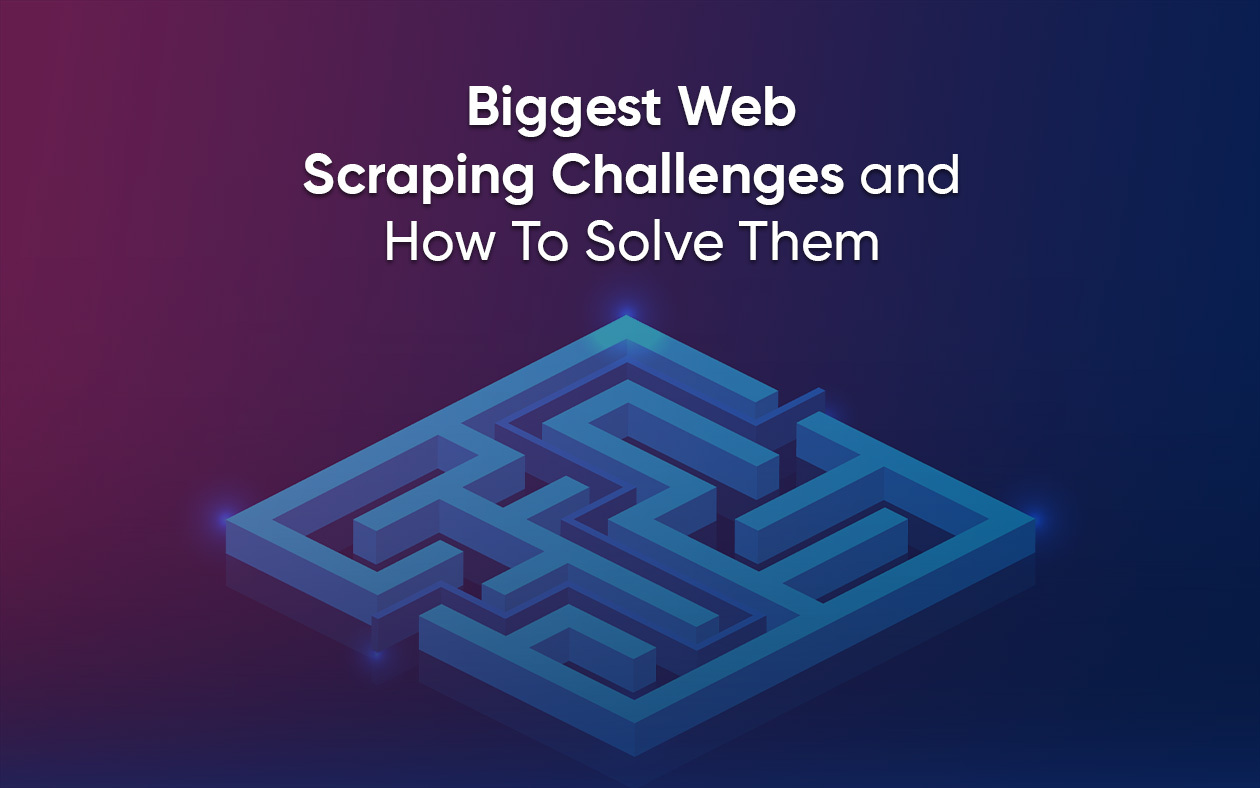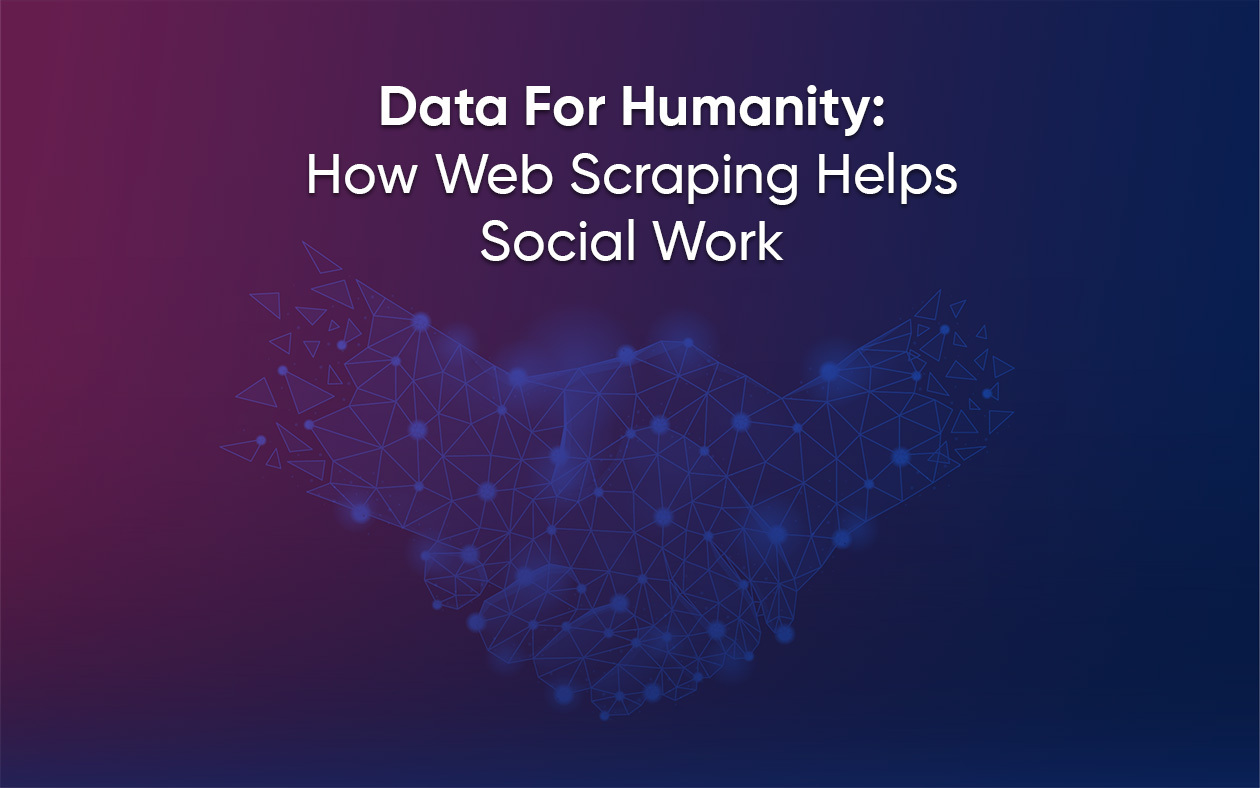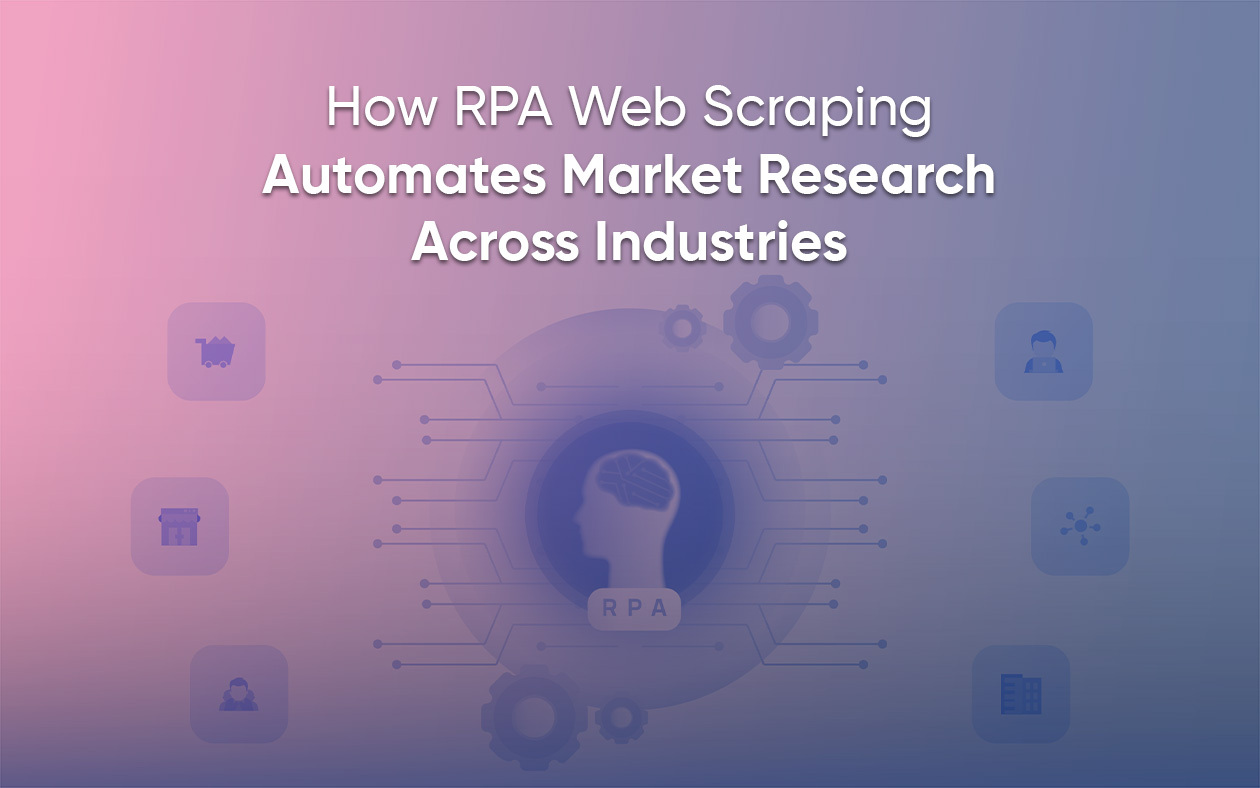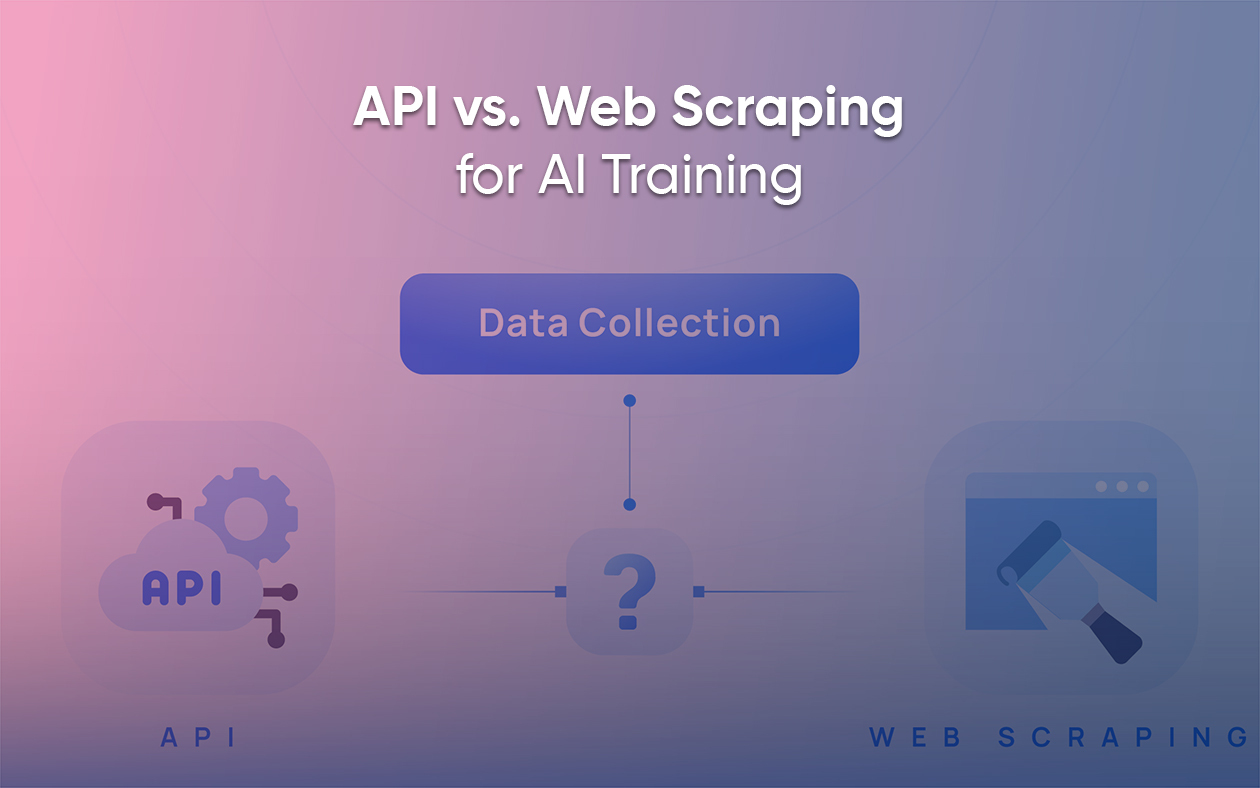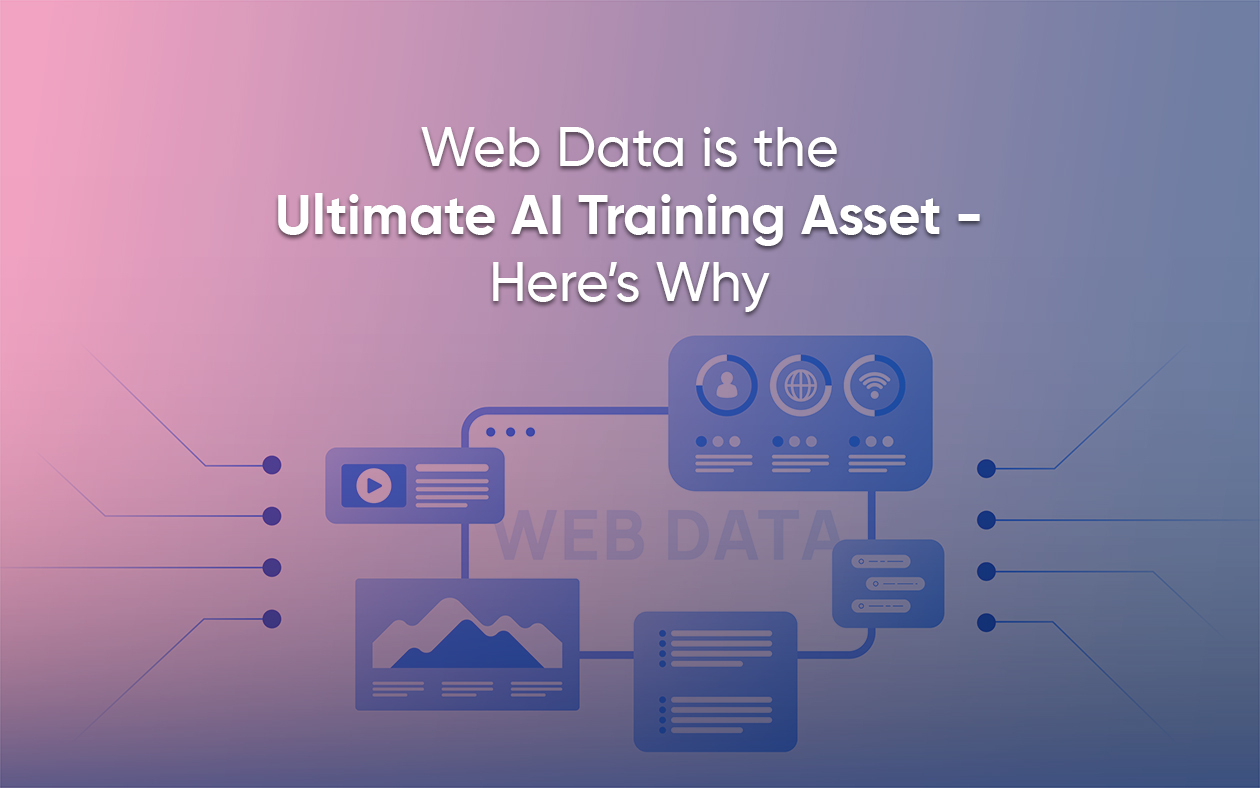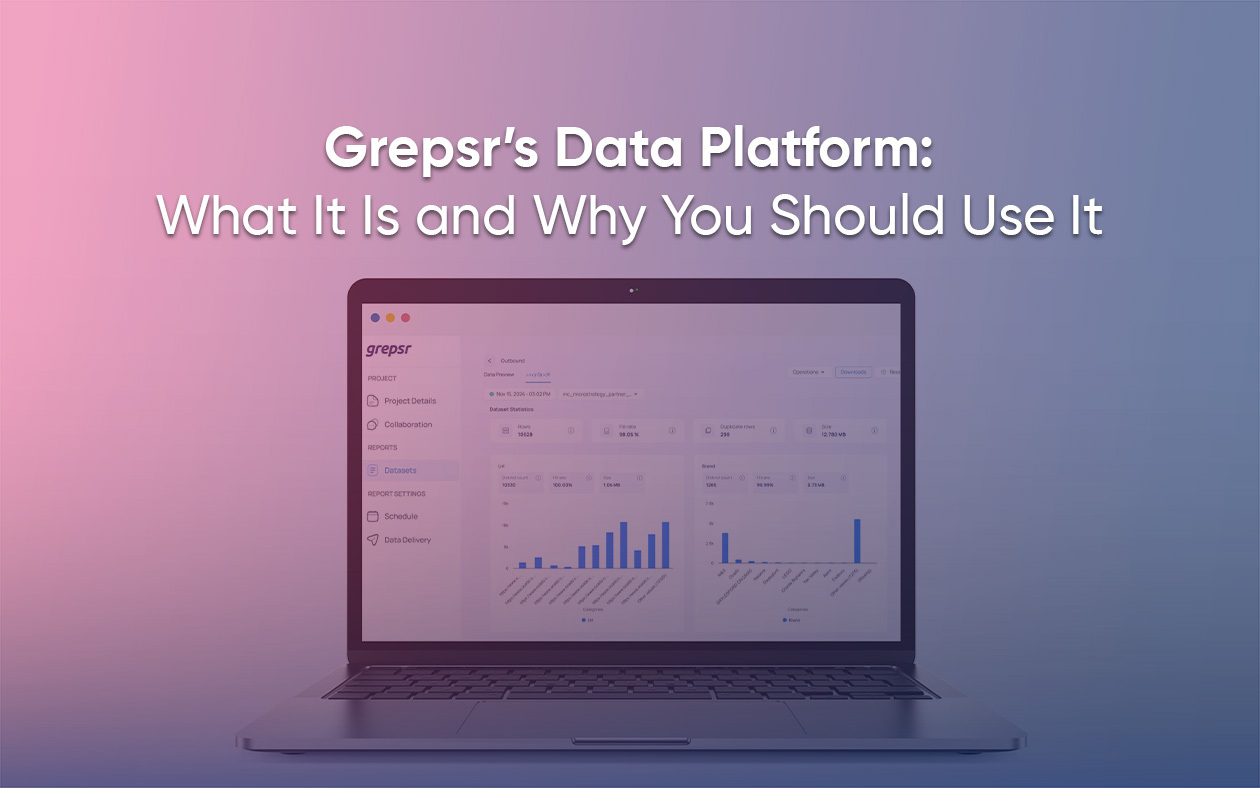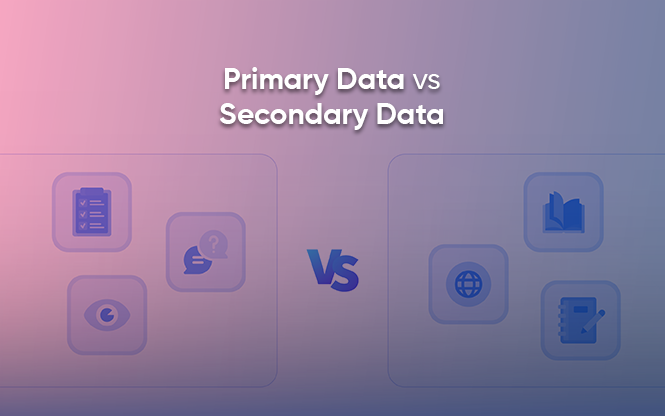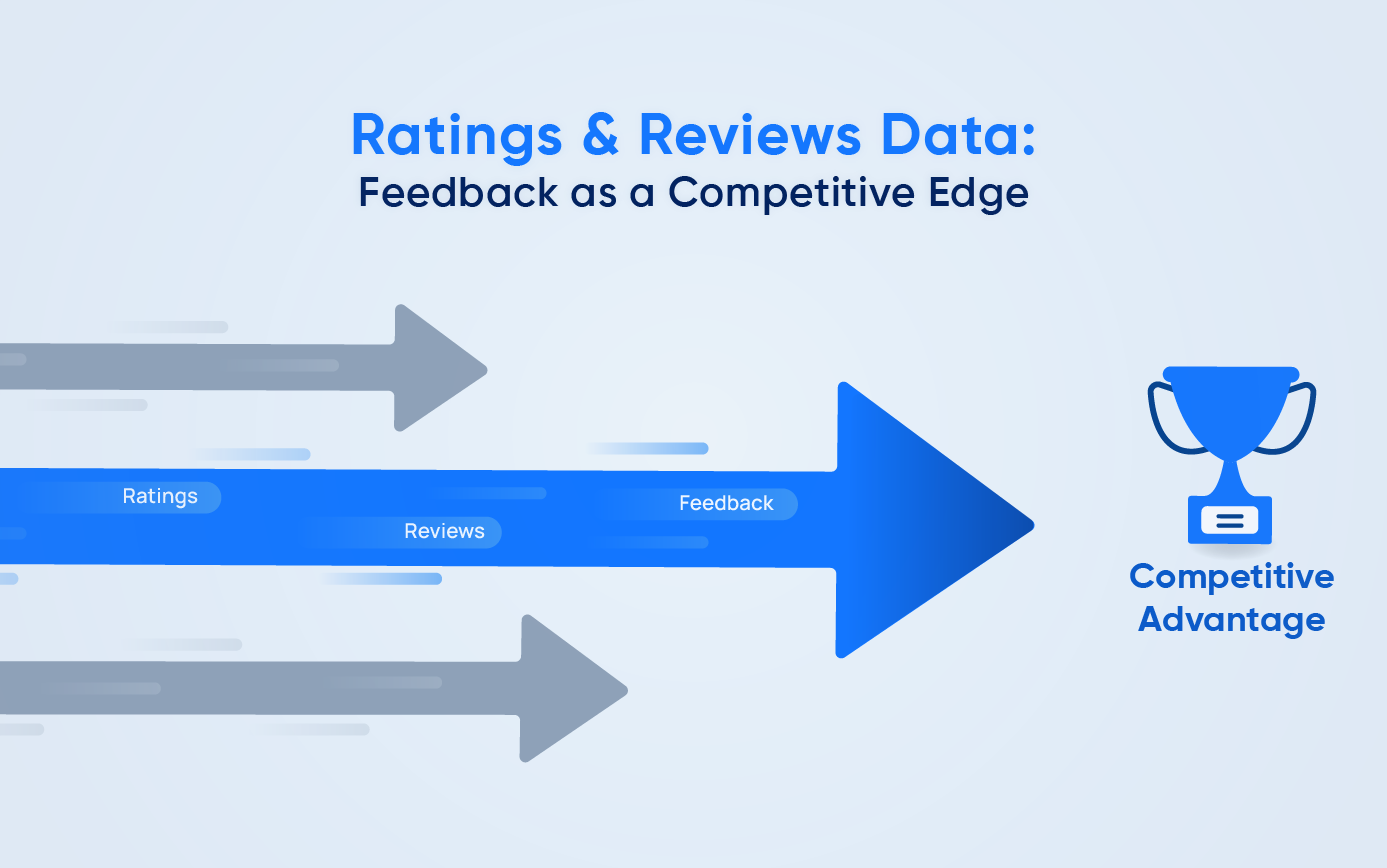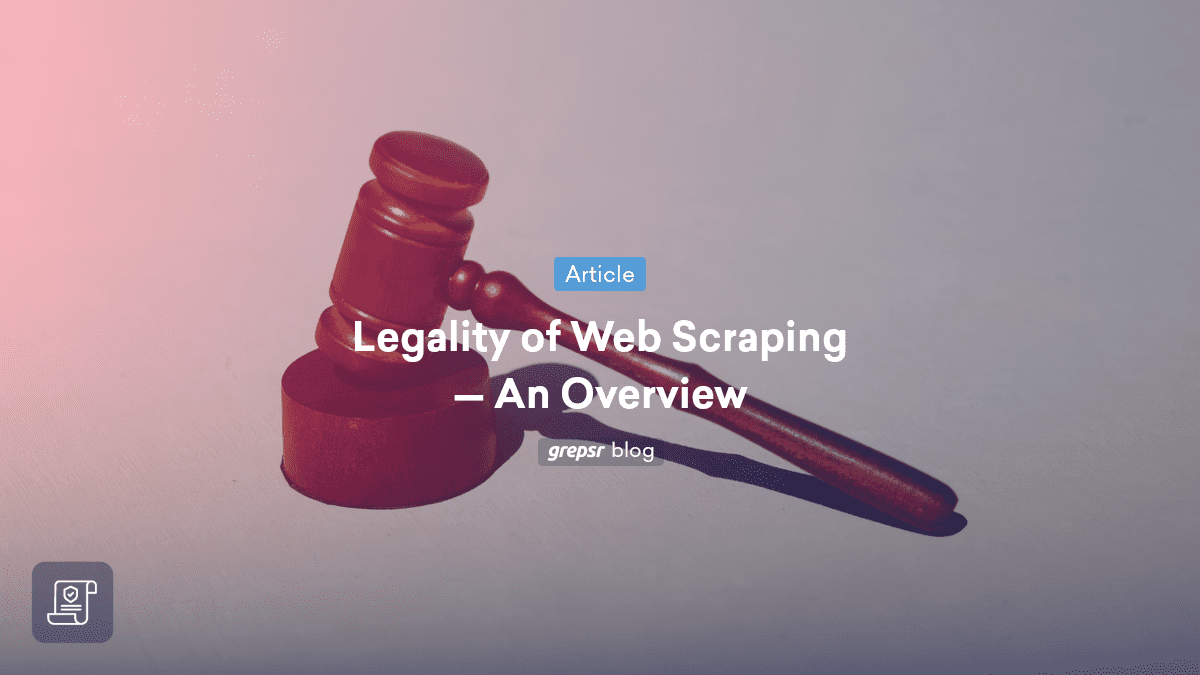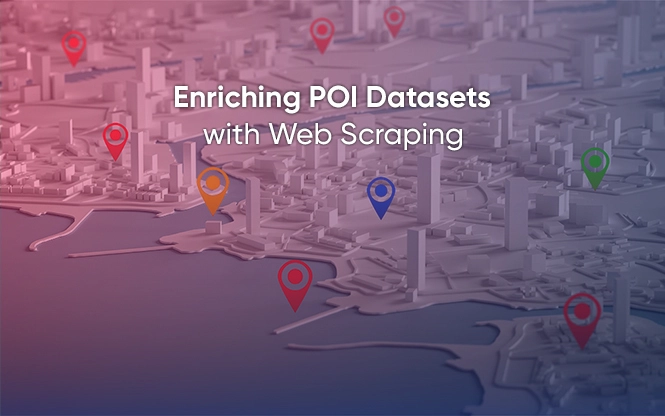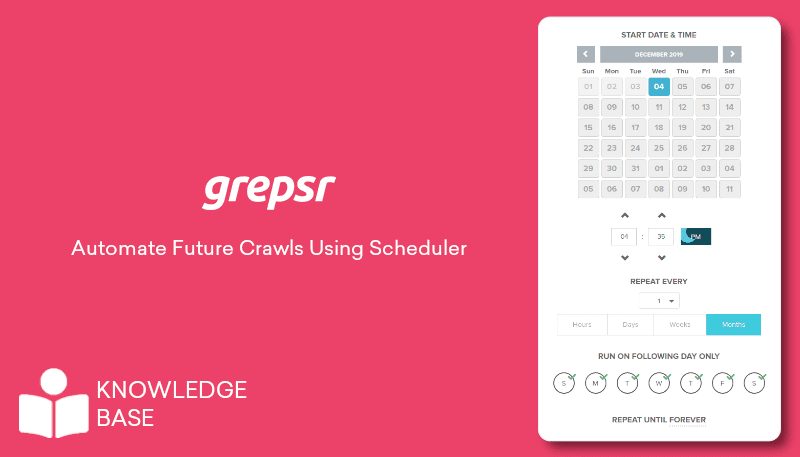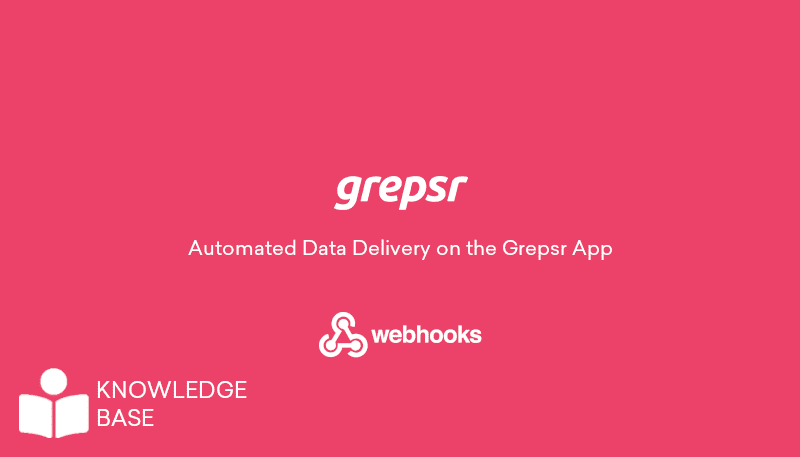
Imagine a world where you no longer have to do the repetitive grunt work that neither sparks joy nor creativity.
It completely vanishes from your sight as you have digital robots that tirelessly do structural tasks following a regular pattern without any turmoil.
As a result, you are released from the shackles of mundane labor.
This spectacle exists at the core of Robotic Process Automation, RPA.
To lay the groundwork for web scraping in RPA, let’s unravel the four kinds of structural organizational change concepts for IT-enabled enterprises:

- Automation:
Automation is one of the most common strategies of all posing as a low-risk and low-return organizational change. It makes the redundant tasks of operation smooth and efficient by reducing the need for human resources and using control systems.
- Rationalization:
Following automation, Rationalization is the second most common form of organizational change. It evaluates the business’s standard operating procedures to streamline business processes and redesign workflows while omitting bottlenecks.
- Business Process Redesign:
Then comes the robust and tough form of organizational change with high risk and high return. It involves analyzing, simplifying, and redesigning operations for better speed, quality, and customer support. It rearranges workflows and merges stages to eliminate inefficient, repetitive, and paper-intensive tasks.
- Paradigm Shifts:
Finally, the most radical change in an organization is the Paradigm shift. The entire nature of the business is re-conceptualized, completely altering its products and services.
For example, due to the impact of the internet, every industry is shifting towards e-commerce from retail to automobile. So, it definitely carries higher returns for the business but also poses substantial chances of failure.

Automation: RPA
Let’s zero in on the low-hanging fruit that leads to further steps for greater returns, i.e. Automation.
It can do wonders for businesses by ridding human resources of their repetitive, mundane tasks that involve no decision-making by using bots and freeing up time for individuals to focus on strategic activities.
It enables them to draw meaningful, problem-solving, and innovative ideas that can later turn into reality with proper planning and execution.
The rewards of automation are tremendous.
Now, along the same lines, there’s “RPA” which stands for Robotic Process Automation.
It refers to workflow automation solutions with the help of software robots or bots that mimic human interaction.
RPA streamlines tedious and manual business processes with automation so that you can focus on high-value duties.
Integrating it into your daily operations will help your business boost productivity, accuracy, and efficiency at scale.
Some instances of RPA use in common tasks are:
- Data Entry and Validation: RPA automates data entry tasks by extracting data from one system and entering it into another. It also maintains consistency and accuracy while doing so.
- Report Generation: Bots generate reports by assembling data from multiple sources into predefined templates and distributing them to the stakeholders involved.
- Invoice Processing: Invoice processing is simplified by using RPA which automatically extracts data from invoices, matches it with purchase orders, and updates the accounting system.
- Customer Service: RPA can send automated responses to common inquiries, freeing humans from simple requests and involving them only when complexities escalate.
Learn more about RPA & Web Scraping here:

Mashreq Bank & RPA
One of the oldest privately owned banks in the United Arab Emirates & the entire Middle East, Mashreq Bank, incorporates all of these functions.
- Over 1 million transactions per month are streamlined as the bank uses RPA and Intelligent Automation.
- Over 300 bots are currently running at the moment that have automated 97% of their financial transactions.
- Let’s not forget the non-financial transactions that are automated to nearly 80%.
- They are now close to 30% in the operating efficiency of operations that are outsourced to India.
RPA Use Case: Insurance
Let’s dive into the real-life use cases of RPA industry-wise.
The insurance industry is reaching new heights of technological evolution.
Artificial intelligence, machine learning, Internet of Things (IoT), smart data analytics, and telematics are some of the emerging technology trends shaping the insurance industry.
Leaving the traditional model behind, now is the time to leverage data to appeal to your customers.
Traditionally, insurers assess risk based on general demographic information and historical data that led to the calculation of premiums.
Today’s data-driven model assists insurers in utilizing a broad range of data sources including individual behavior and lifestyles.
This transformation has led to cutting-edge analytics and algorithms that create personalized risk profiles of policyholders that enable more accurate and tailored pricing.
Similarly, customer engagement and interaction with the company used to be limited to the point of sale or filing a claim.
However, today the insurers engage with their clients periodically and offer personalized risk mitigation advice with the help of real-time data.
Thus, this helps in nurturing relationships and communication between the policyholder and insurer.
Now, getting back to the IT revolution in the insurance industry, Robotic Process Automation (RPA) is also on the verge of breaking records.
There are several instances where RPA is extremely beneficial.
- Claims Processing: From validating the policyholder information to assessment of damage reports, RPA makes it as easy as pie.
- Underwriting: RPA bots are prompt in evaluating the risk factors, collecting vehicle information, and pulling credit reports to make the underwriting process simpler.
- Fraud Detection/Prevention: RPA assists in analyzing claim data for anomalies and flagging suspicious claims to detect fraudulent activity.
- Data Analytics/Reporting: Efficient generation of reports and dashboards with the help of bots that summarize key metrics and KPIs for data-driven business decisions.
A Case Study in Leveraging Telematics for Insurance Policy
Objective: Scrape the dashboard with every vehicle’s data in the competitor’s list for optimizing the price and issuing insurance policy of X company.
Step 1: Fill out the vehicle information form.

Now, this is a tedious process that must be completed to reach the next step which is web scraping the final database.
However, this manual task follows a predictable pattern suitable for RPA. It follows a fixed input/output format, has defined triggers, operates on rules, and is repetitive.
Step: 2
Furthermore, automating this process is done with the help of RPA web scraping using a crawler. The crawler is already set with the information that needs to be entered.
Step: 3
Next, as the crawler engages with the user interface, the process continues till different layers are revealed.
Step: 4
Eventually, you reach the dashboard of the entire database with telematics data and quotes for the vehicle insurance policy.
Then afterward you can start the data extraction process.
The Future Outlook
At present, RPA is in the phase of exponential growth.
Multiple sectors such as healthcare, insurance, logistics, banking & finance, manufacturing, etc., adopt it to streamline their operations at reduced costs.
RPA is evolving with the integration of bots with Big Data, AI, and machine learning. It is expanding its horizons from automating only structured procedures to providing solutions for problem-solving and decision-making.
The future look at RPA shows that the bots have the potential to grow beyond automating repetitive workflows.
RPA Bots will completely merge with AI, ML, and Natural Language Processing in the upcoming days.
Additionally, RPA analyzes existing workflows to identify automation opportunities and make improvements. Whilst enabling bots to handle unstructured data, perform basic human interactions, and make decisions.
Now, brace yourself as RPA is about to take a quantum leap!
With the integration of cutting-edge AI and the ease of cloud deployment, RPA is evolving into a smarter, more intelligent technology poised to supercharge your business.
Hence, start leveraging RPA with Grepsr‘s web scraping solutions for unprecedented levels of productivity, efficiency, and growth by seamless automation of business operations.














